Located at the heart of Cambodia's Capital Phnom Penh, the Central Market is the largest market in Phnom Penh. Also known as Psar Thmey or the New Grand Market this building was first built in 1937.
It is a sprawling building with a central dome and four corridors extending out from it. The building was designed by Jean Desbois, whereas French architect Louis Chauchon managed the construction. Much bigger markets and malls have mushroomed all over the world now, but in 1937, when the Central Market first opened, popular belief was that it was the biggest market in Asia.
The unique structure is a popular landmark in Phnom Penh today, but it was something entirely different in the past. It once was a huge lake that received water during rain. To construct the market, the lake was drained. I will reserve my opinion on this, as a lake sounds so much more beautiful than a building, even if it is Art Deco. It may be difficult for us to visualize a lake in this area today,
Nature will take time to get used to the absence of the lake here. Even
today, the area experiences some flooding during the rainy season.
From 1940-41, during the war between France and Thailand, this market
suffered severe devastation because of bombing by Thai Airforce. For
some time after this, the market remained closed until it was rebuilt
after the World War II ended. The structure was further renovated from
2009 to 2011. The project
costed US $4.2 million and was funded by the French Development Agency.
French influences are still very much visible here.
The building today is one of the most popular tourist spots in Phnom
Penh. All the four corridors are tightly packed with various shops
selling all kinds of souvenirs. You can buy krama (traditional Cambodian
checkered scarves), t-shirts, magnets, curios, hats, caps, sarongs, and
what not from here. It is THE place to shop if you are in Phnom Penh.
At the center, beneath the dome are the famous gold and silver shops,
and shops selling electronic goods, clothes and flowers. Amid all the
glitter, it is impossible to imagine that one part of this market is
full of shops that sell all kinds of food that moves. There are shops selling fried frogs, spiders, and grilled snakes. There are shops selling live eels and crabs. All kinds of fish are for sale too. For the uninitiated, this can be a disturbing sight to behold. But once you have spent a couple of days here, you will get used to it.
While the market is popular with the tourists, it is infamous among the locals, who consider it an expensive place where the shopkeepers almost always overcharge for all the products. Even as tourists, we found this market to be slightly more expensive than the other places. However, there is a lot of scope for bargaining. One can easily buy stuff for fifty percent of the prize quoted by the shopkeepers. I am not a good bargainer, but even I was able to do this much here. So may be you can manage better.
I visited this market twice. For the first time, the market was very interesting and I felt that I could spend several days just exploring the stuff here. However, on the second visit, it felt a little stale, as if I had seen it all. But that may be because I am not much of a shopper. If, unlike me, you are crazy about shopping, this place will feel like heaven to you.
If you liked this post and found it helpful, I would request you to follow these things when traveling -
- Manage your waste well and don’t litter
- Use dustbins. Tell us if you went to a place and found it hard to locate a dustbin.
- Avoid bottle waters in hills. Usually you get clean water in hills and water bottles create lot of mess in our ecosystem.
- Say big no to plastic and avoid those unhealthy snacks packed in plastic bags. Rather buy fruits.
- Don't play loud blaring music in forests of jungle camps. You are a guest in that ecosystem and disturbing the locals (humans and animals) is not polite
Related Blogposts -

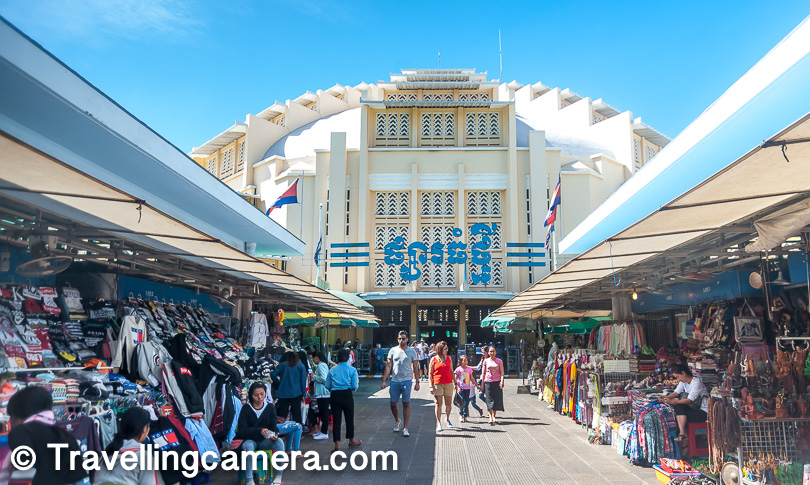

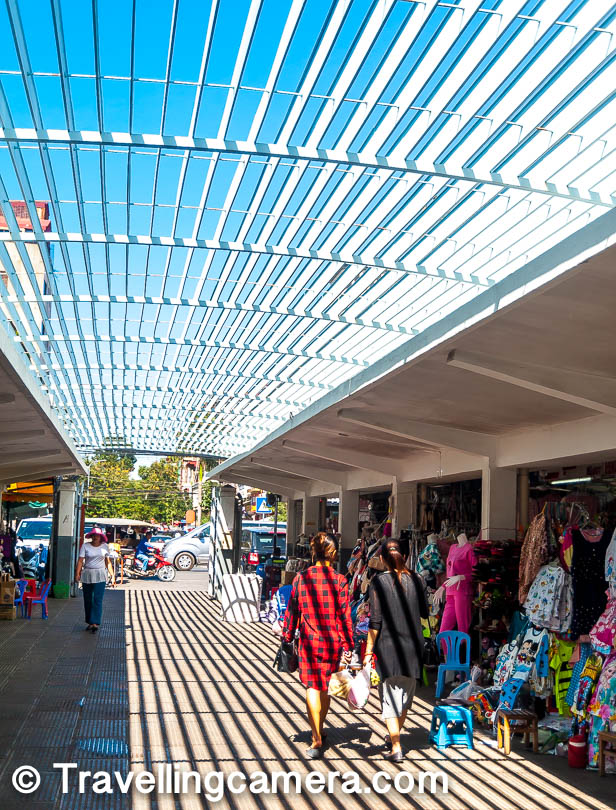

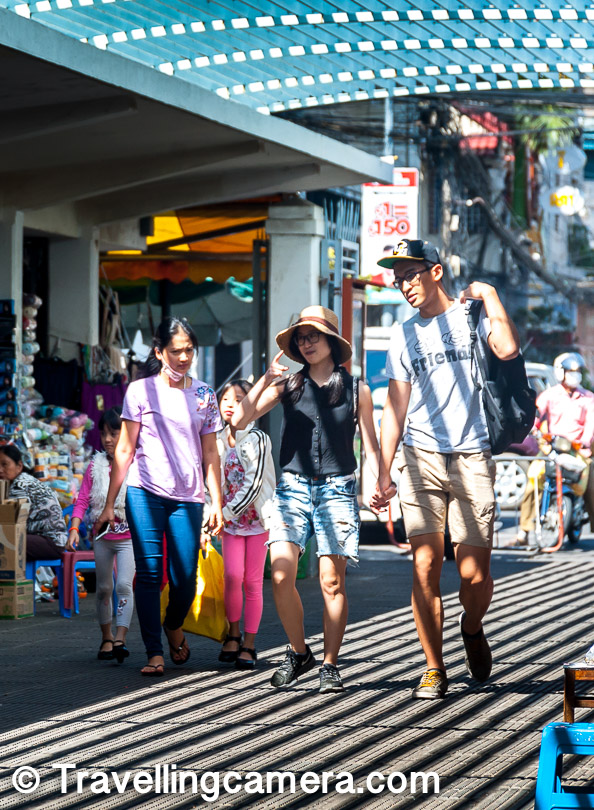
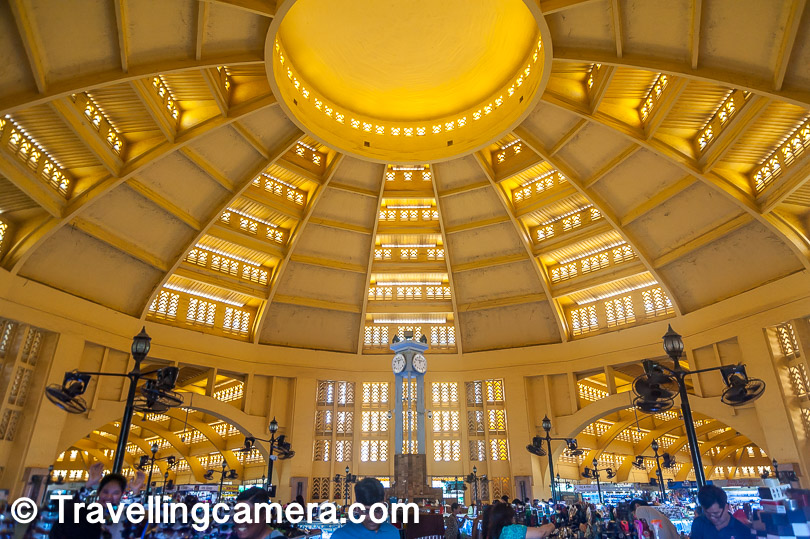
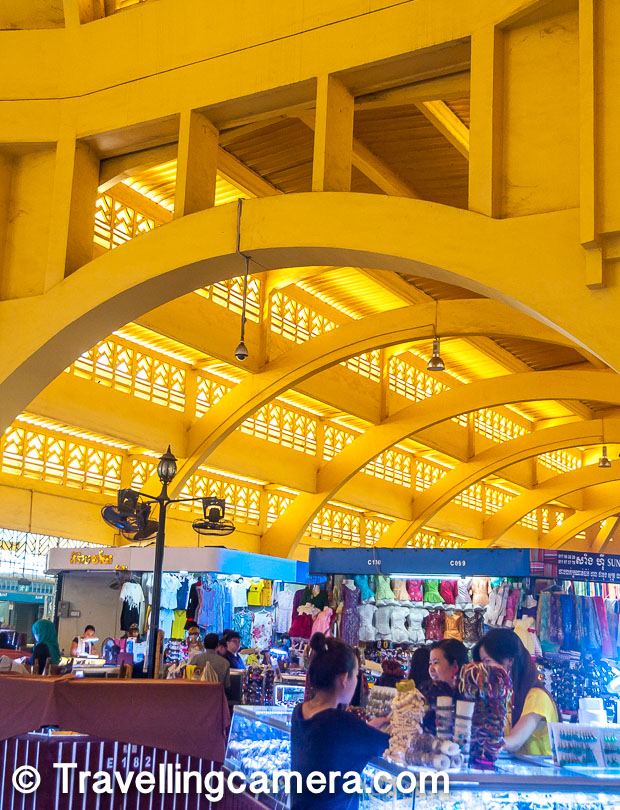
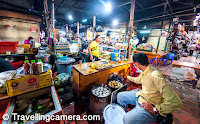


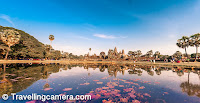
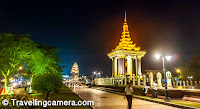


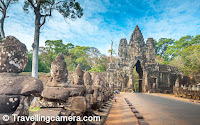
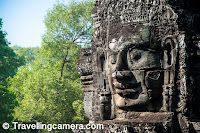

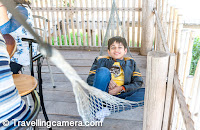




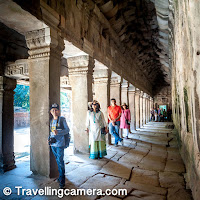

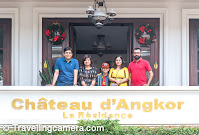


.jpg)
Comments